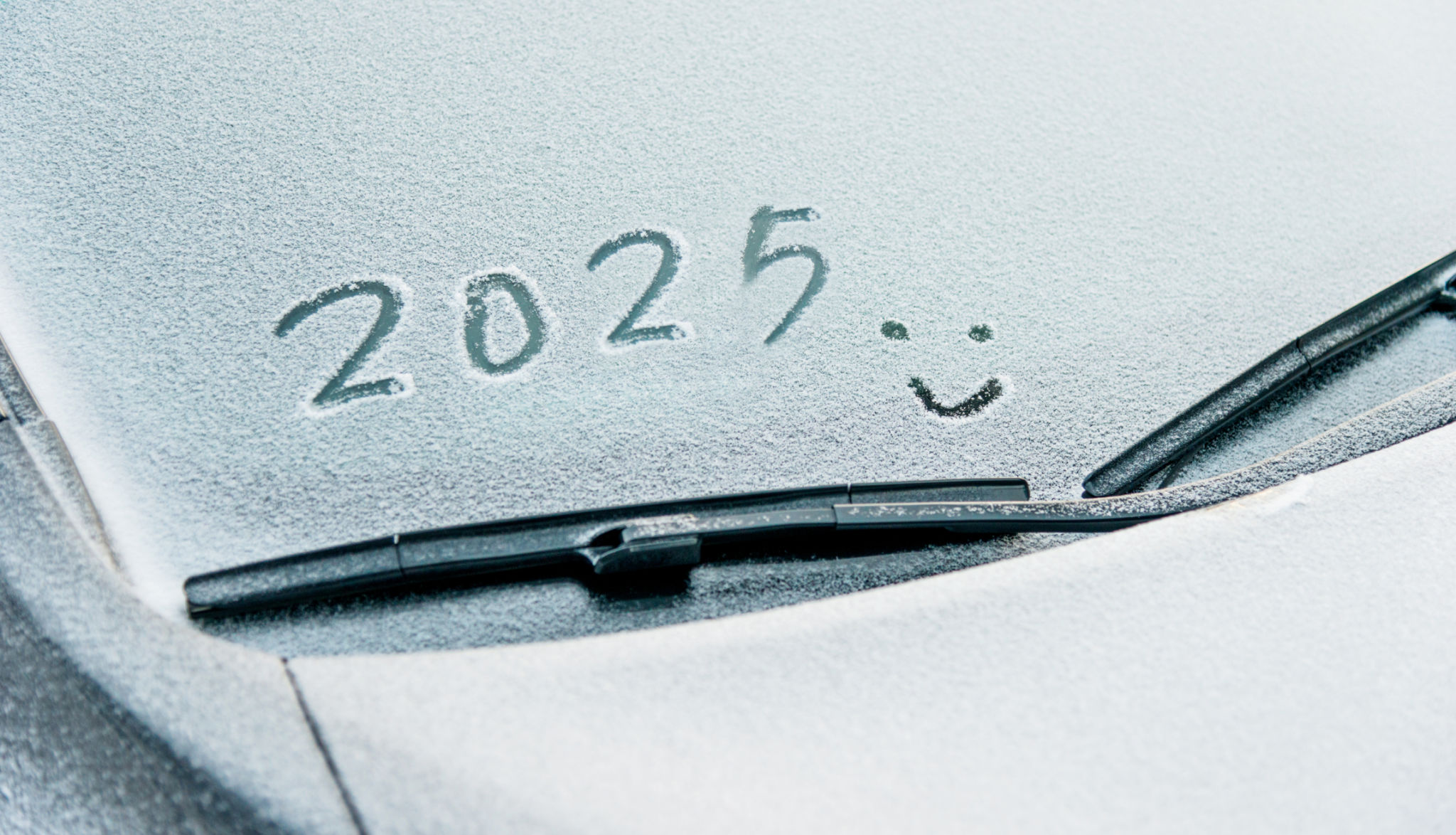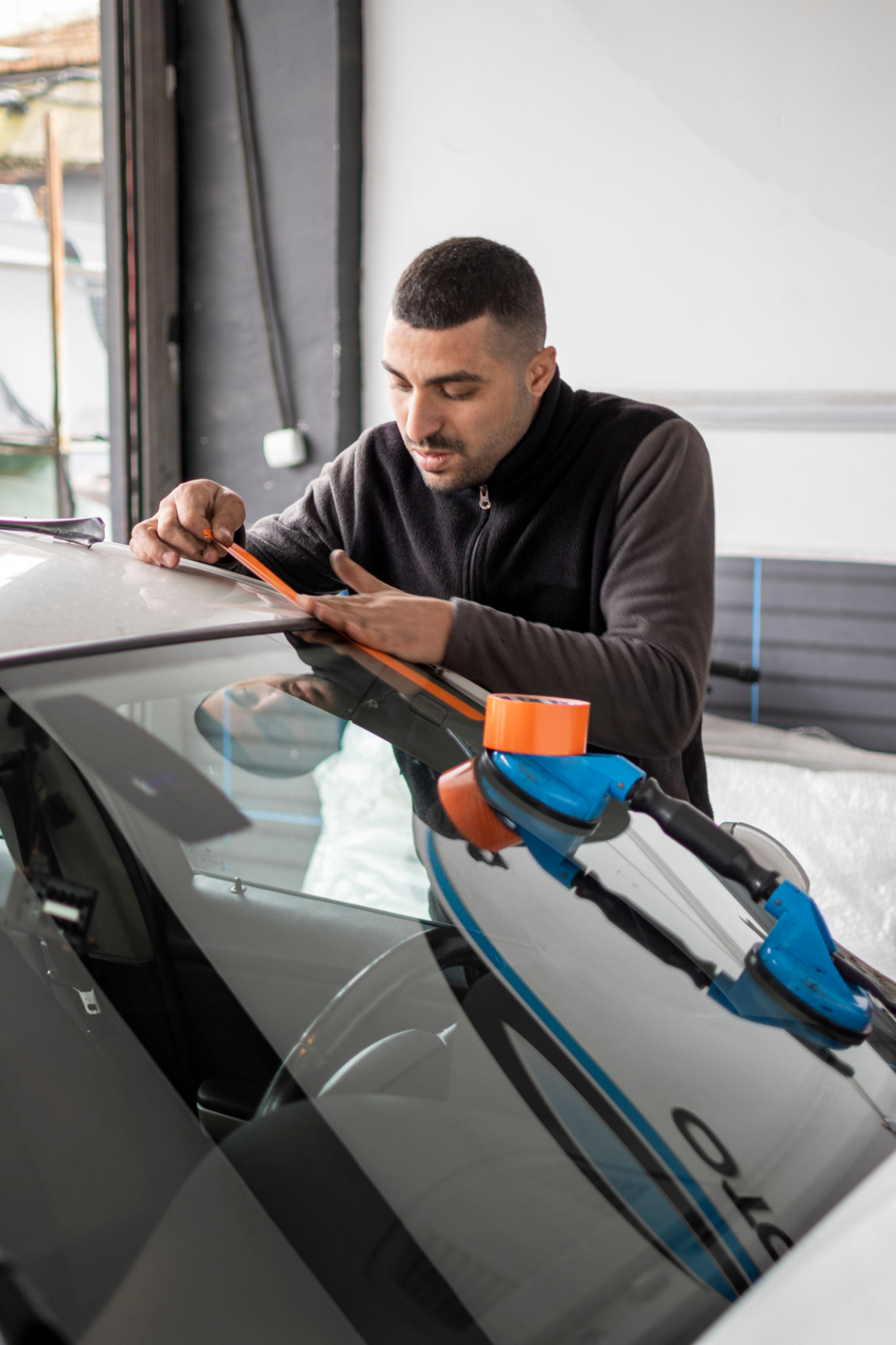Expert Insights: Understanding the Windscreen Replacement Process
Introduction to Windscreen Replacement
When it comes to vehicle maintenance, one of the most crucial yet often overlooked components is the windscreen. A damaged windscreen not only obstructs your view but also compromises the structural integrity of your vehicle. Understanding the windscreen replacement process can help you make informed decisions and ensure the safety of your travels.

When to Consider Windscreen Replacement
Determining whether a windscreen needs replacement involves assessing the extent and location of the damage. Small chips and cracks can sometimes be repaired, but if the damage is extensive or obstructs the driver's line of sight, replacement is often the best course of action. Additionally, cracks near the edges of the windscreen tend to spread quickly and may necessitate a full replacement.
Signs Your Windscreen Needs Replacement
Here are some signs that indicate it's time to replace your windscreen:
- Cracks longer than a few inches
- Multiple chips or cracks
- Damage within the driver's direct line of sight
- Cracks reaching the edge of the windscreen
The Replacement Process Explained
The windscreen replacement process involves several key steps to ensure a perfect fit and proper seal. First, the damaged windscreen is carefully removed using specialized tools. The technician then cleans the frame to remove any debris or adhesive residue. This preparation is crucial for a secure installation.

Installing the New Windscreen
Once the frame is prepared, a new windscreen is carefully positioned and aligned. High-quality adhesive is applied around the edges to create a strong bond with the frame. The technician ensures that the windscreen is properly seated and aligned before allowing it to cure. This curing process is vital for achieving a secure fit that maintains the vehicle's structural integrity.
Post-Replacement Care and Maintenance
After a windscreen replacement, certain precautions should be taken to allow the adhesive to fully set. It is generally recommended to avoid driving for at least an hour after replacement. Additionally, avoiding car washes and high-pressure water jets for a few days can help ensure a lasting bond.
Prolonging Your New Windscreen's Life
To extend the life of your new windscreen, consider the following tips:
- Regularly clean your windscreen with appropriate cleaning products.
- Avoid slamming doors, as this can put stress on the adhesive.
- Park in shaded areas to minimize exposure to extreme temperatures.
Choosing a Professional Service
When it comes to replacing your windscreen, selecting a reputable service provider is essential. Look for technicians who are certified and experienced in windscreen replacement. Quality service providers will use high-grade materials and offer warranties on their work, providing peace of mind and assurance of safety.

The Importance of Quality Materials
High-quality materials are crucial for a successful windscreen replacement. Opt for OEM (Original Equipment Manufacturer) glass, which meets manufacturer specifications and ensures optimal fit and performance. Quality adhesive and installation techniques contribute significantly to the longevity and safety of your new windscreen.
Conclusion: Ensuring Safety and Peace of Mind
A properly replaced windscreen is essential for both safety and comfort while driving. Understanding the replacement process helps you appreciate the importance of professional services and quality materials. By staying informed, you can ensure your vehicle remains safe on the road, protecting you and your passengers on every journey.
